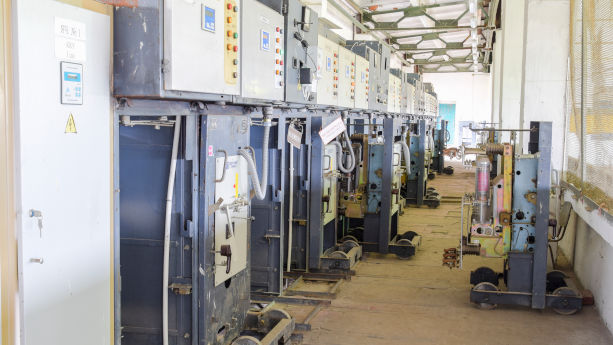
Are you an importer or a manufacturer looking to test your product? Whether you need to identify the chemical composition of your product or you want to assess if your product meets the relevant safety requirements, ‘laboratory testing’ should be considered.
That being said, lab testing is not necessarily a “one and done” thing. For starters, you can expect that you will need to re-arrange testing if you ever change materials, components, make design changes, or manufacturer. It is also necessary to re-test products as standards are amended, and new standards are implemented.
However, some regulations require that you go one step further and implement a periodic lab testing program – even without any such changes.
This article presents information relating to how frequently lab testing should be done. In addressing the question, we compare several US and EU product regulations. This includes the CPSIA and FCC 47 CFR Part 15 in the US, and the Toy Safety and the EMC Directive in the EU.





















